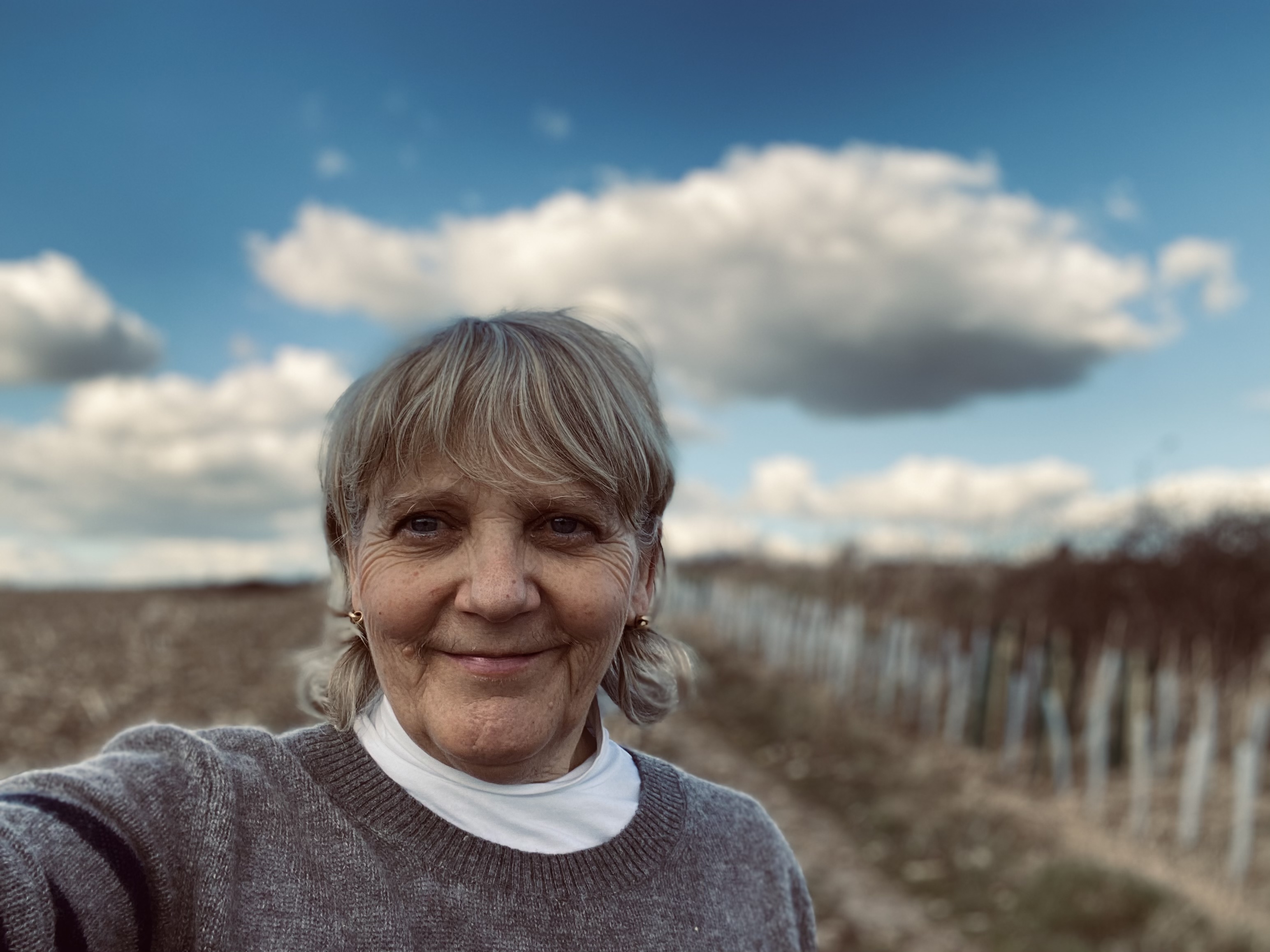England’s chalk downlands: 'The European equivalent of a tropical rainforest'
Every summer, England’s chalk downlands are embroidered with a patch-work of wildflowers — from the horseshoe vetch’s yellow plumes to sainfoin’s pink spikes — all serenaded by an army of butterflies, says Vicky Liddell.

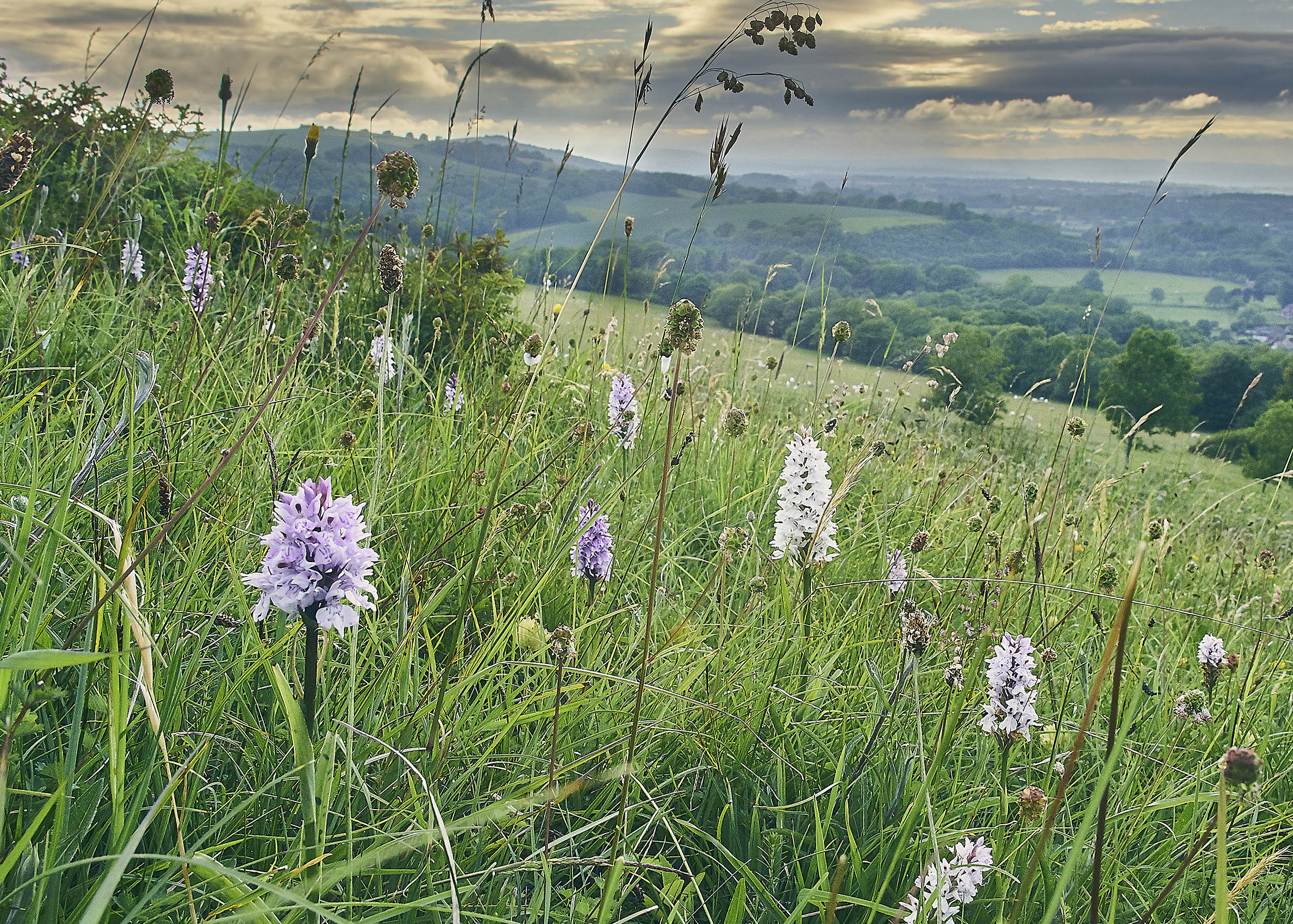
From mid June, on warm, sheep-moulded slopes in the south of England, a sparkling display of wildflowers spreads like confetti through the short grass. Vanilla-scented squinancywort, diminutive fairy flax and the purple-veined eyebright are only a handful of more than 40 species that may be found in 10sq ft of chalk downland, which has led it to be described as the European equivalent of a tropical rainforest.
Five of the best chalk downland sites to visit in England
More orchids grow on the downs than anywhere else in Britain and other rare plants include the deep-blue, round-headed rampion, the county flower of Sussex, and the blue meadow clary, which is visible at fewer than 20 sites around the country.
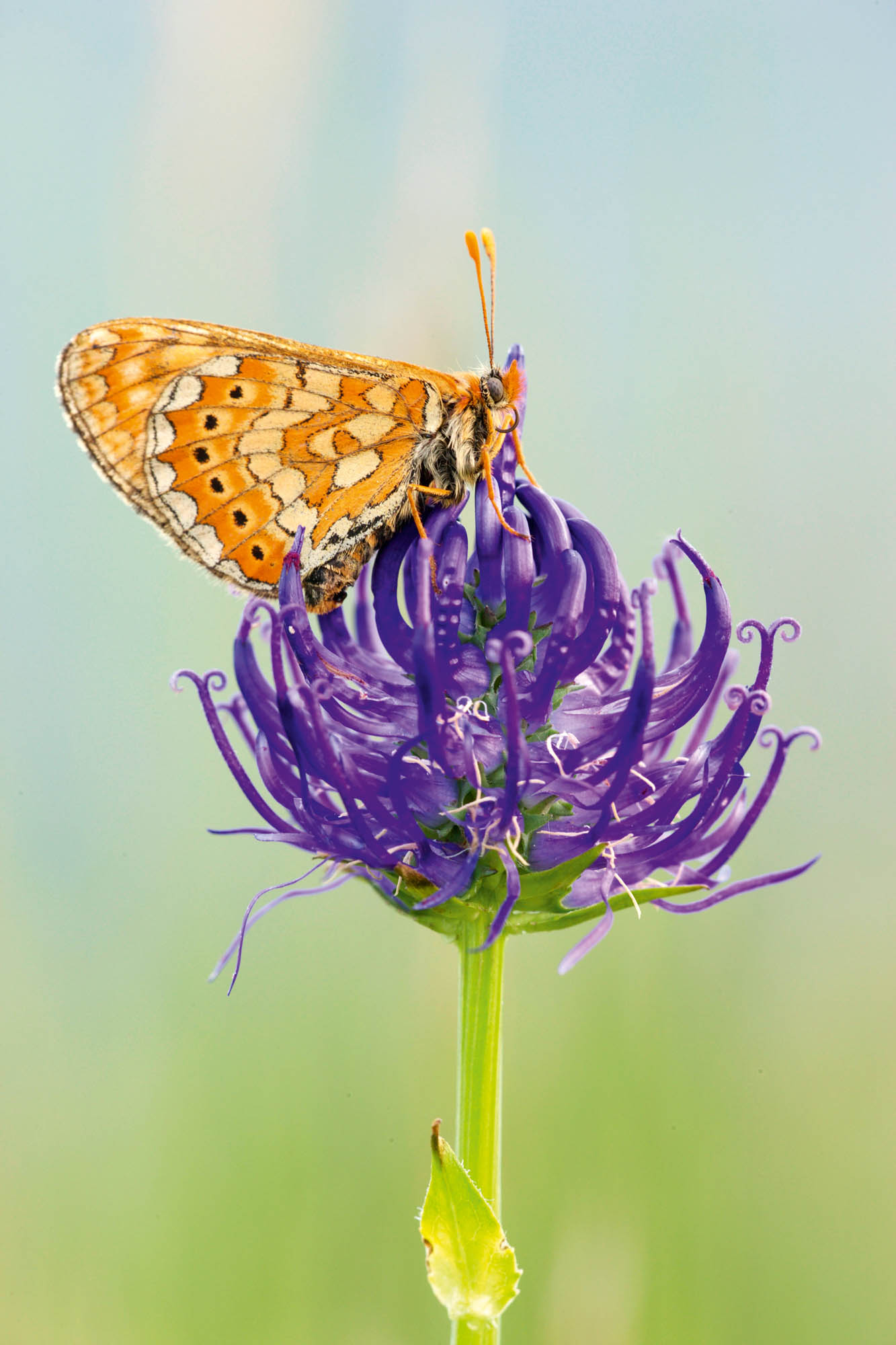
The party starts in April, with crowds of nodding yellow cowslips and mauve-blue chalk milkworts. As the months pass, so does the ever-changing cast of characters, each new arrival outshining the last: flamboyant viper’s bugloss, with dense funnel-shaped flowers and a spotted stem; lemon horseshoe vetch, with its plumes of yellow and horseshoe-shaped pods; and sainfoin, its rich pink spikes sometimes said to resemble a cock’s head.
Many have strong perfumes, such as the cucumber-scented salad burnet and the delicate musk orchid, which can be identified by its smell alone. Others have distinctive characteristics, such as goat’s beard, which resembles an oversized dandelion that snaps its flower shut at noon, and mouse-ear hawkweed, with a hidden red stripe on the underside of its florets. The stemless dwarf thistle is pinned to the ground like a giant brooch.
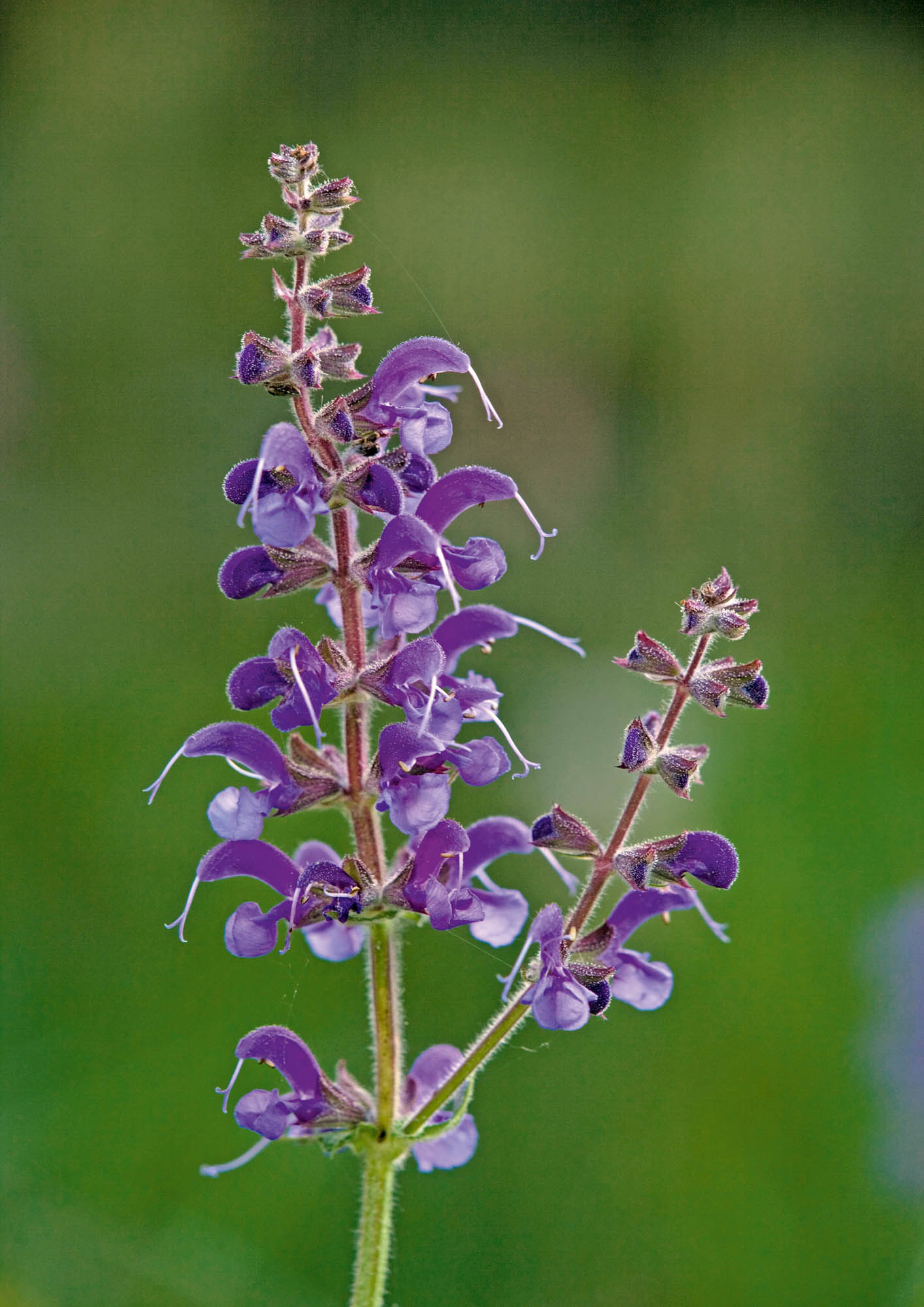
Fluttering among the flowers are dozens of butterflies — the aptly named chalk hill blue, the rare orange-and-brown chequerboard Duke of Burgundy and the electrifying Adonis blue, which feeds on nectar from the horseshoe vetch and lays its eggs under the leaves. The best downland will also support more than 80 species of wild bees, many of them relying on the high densities of clover and mignonette.
On the ground, the flightless bloody-nosed beetle, with antennae that resemble tiny strings of black pearls, plods slowly through the golden lady’s bedstraw, ready to deploy its bright-red defensive secretion if attacked. The downs are also home to the Roman snail, which spends its entire life within a 323sq ft area, and the country’s largest cricket — the noisy great green bush cricket, the ‘song’ of which has been compared to a sewing machine.
Every downland flower has its own attendant bee, butterfly, beetle or ant. Devil’s bit scabious is the food plant of the marsh fritillary caterpillar, hairy violet is the food of the dark green fritillary and kidney vetch is the sole food plant of the small blue larvae, which live in the flower heads and feed on the developing anthers and seed.
Exquisite houses, the beauty of Nature, and how to get the most from your life, straight to your inbox.
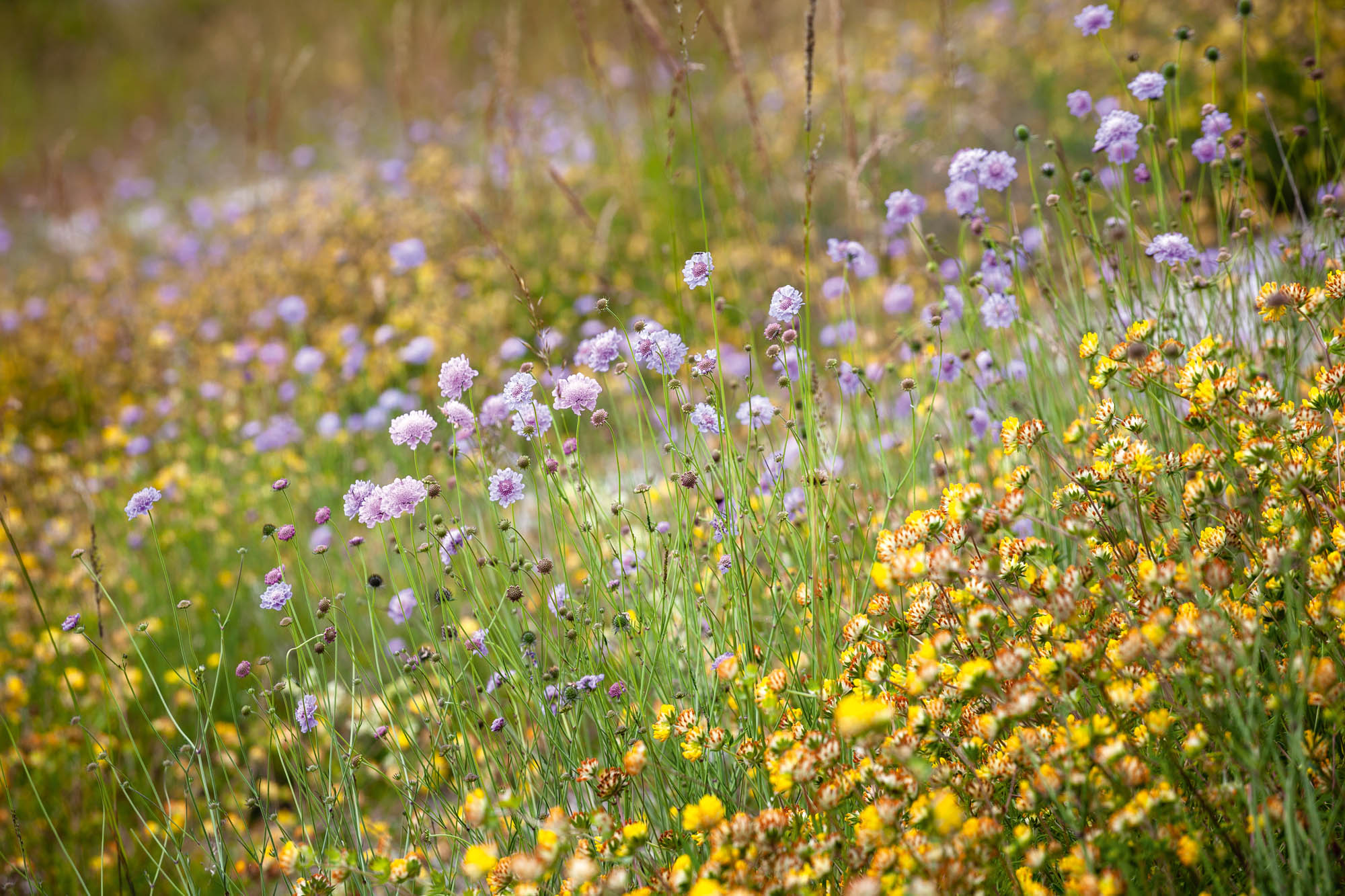
The strangest partnership of all is the one that exists between the Adonis blue butterfly and red and black ants that feed on sugary secretions from a gland on the caterpillar’s body. In return, the ants protect the caterpillars from parasites and, later, when they form a chrysalis, it is buried by the ants and guarded until it emerges from the soil. Yellow meadow ants obtain a similar syrup from the caterpillars of the chalk hill blue, which makes the ants taste bitter to birds. It is natural networks such as these that ensure the downs remain rich in wildlife.
England’s chalk downs were formed during the Cretaceous period, between 100 and 60 million years ago, when the land was covered by warm tropical seas filled by microscopic shelled algae called coccoliths. As the algae died, their bodies sank, depositing chalk sediment on the sea bed, together with fragments of seashells that, over millions of years, compacted, forming the solid chalk rock. The large stretches of short grassland are the result of tree clearance by our prehistoric ancestors, followed by thousands of years of livestock grazing.
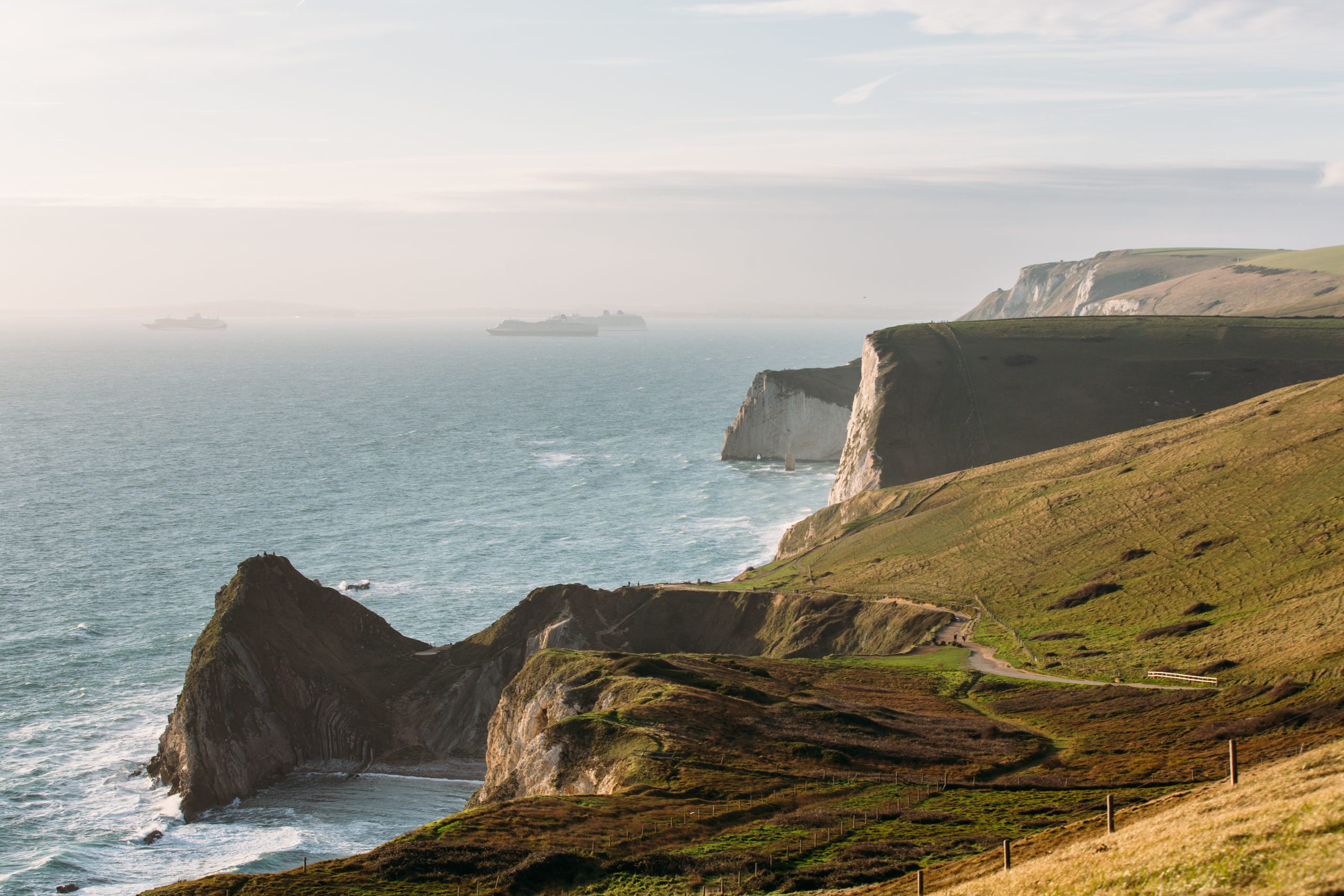
Most of the downland has never been ploughed, nor had any chemicals applied, and the thin soil, which has been constantly munched by sheep, makes it impossible for nettles or cow parsley to dominate. Grazing is the single most important feature of chalkland management and any site that is not grazed will soon revert to scrub and eventually woodland.
Native breeds of cattle and sheep are the best suited to steep slopes and lower-quality grazing, but different places will benefit from different grazers, depending on what wild plants are being encouraged. As the livestock moves across the site, the combination of eating, trampling, lying and crushing leaves a patchwork of microhabitats. The mix of different lengths of grass provides suitable areas for ground-nesting birds, such as skylarks and stone curlews; the bare patches become nursery areas for seedlings and the warm patches are loved by lizards and slow worms.
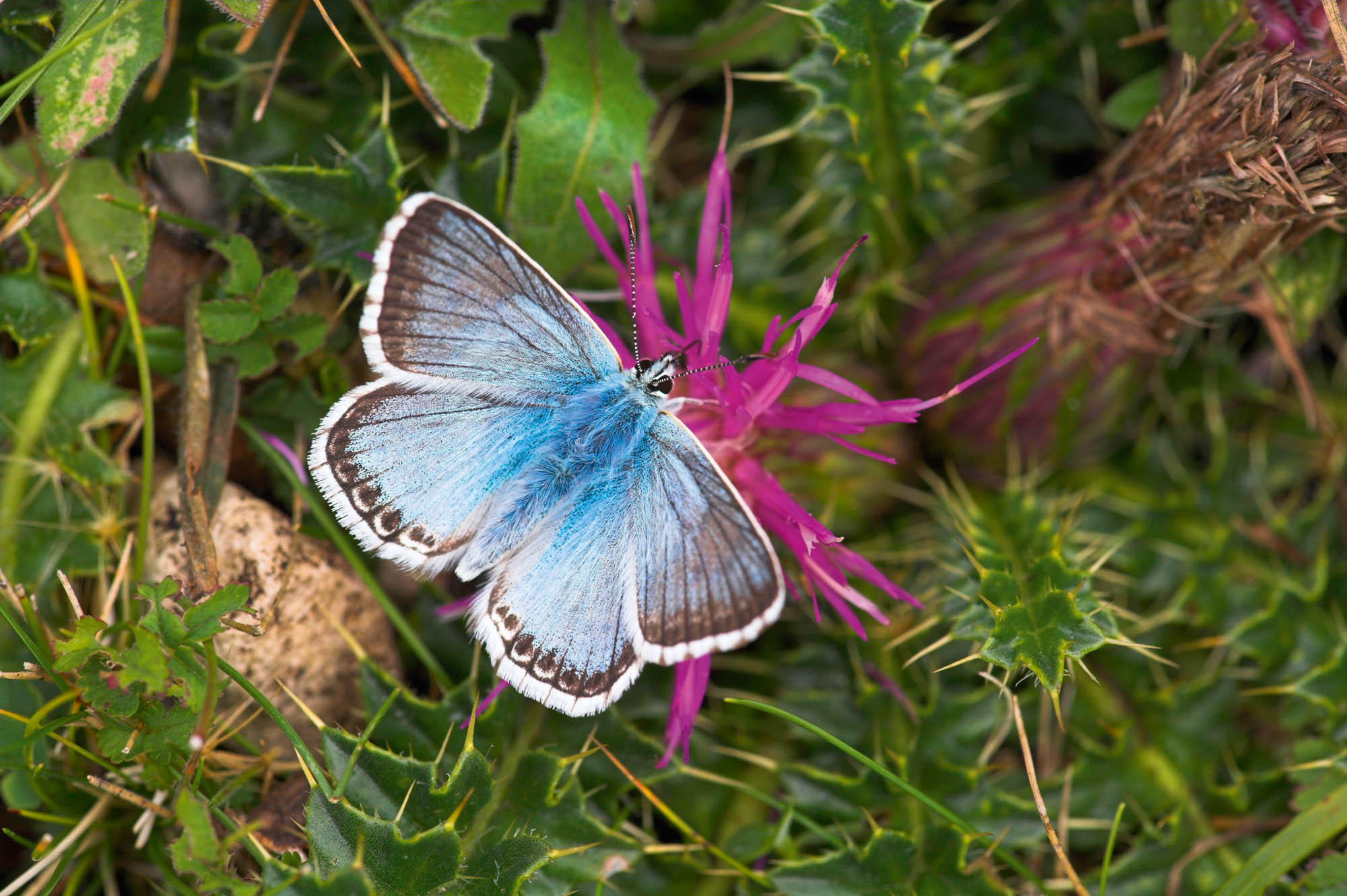
One of the most noticeable features of chalk downland is the number of anthills, which signify an undisturbed area that has never been ploughed — on Porton Down, on the Wiltshire/Hampshire border, there are an estimated three million. These large colonial mounds are the work of the yellow meadow ant and play an important role on the downs.
Their sunny slopes are used by butterflies and grasshoppers and the soft, sifted soil is stitched with mosses, grasses and wild thyme. The ant hills are ancient (often 100 years old) and their residents are at endless war with neighbouring colonies, who all share the constant fear of being skewered by the red-capped green woodpecker.
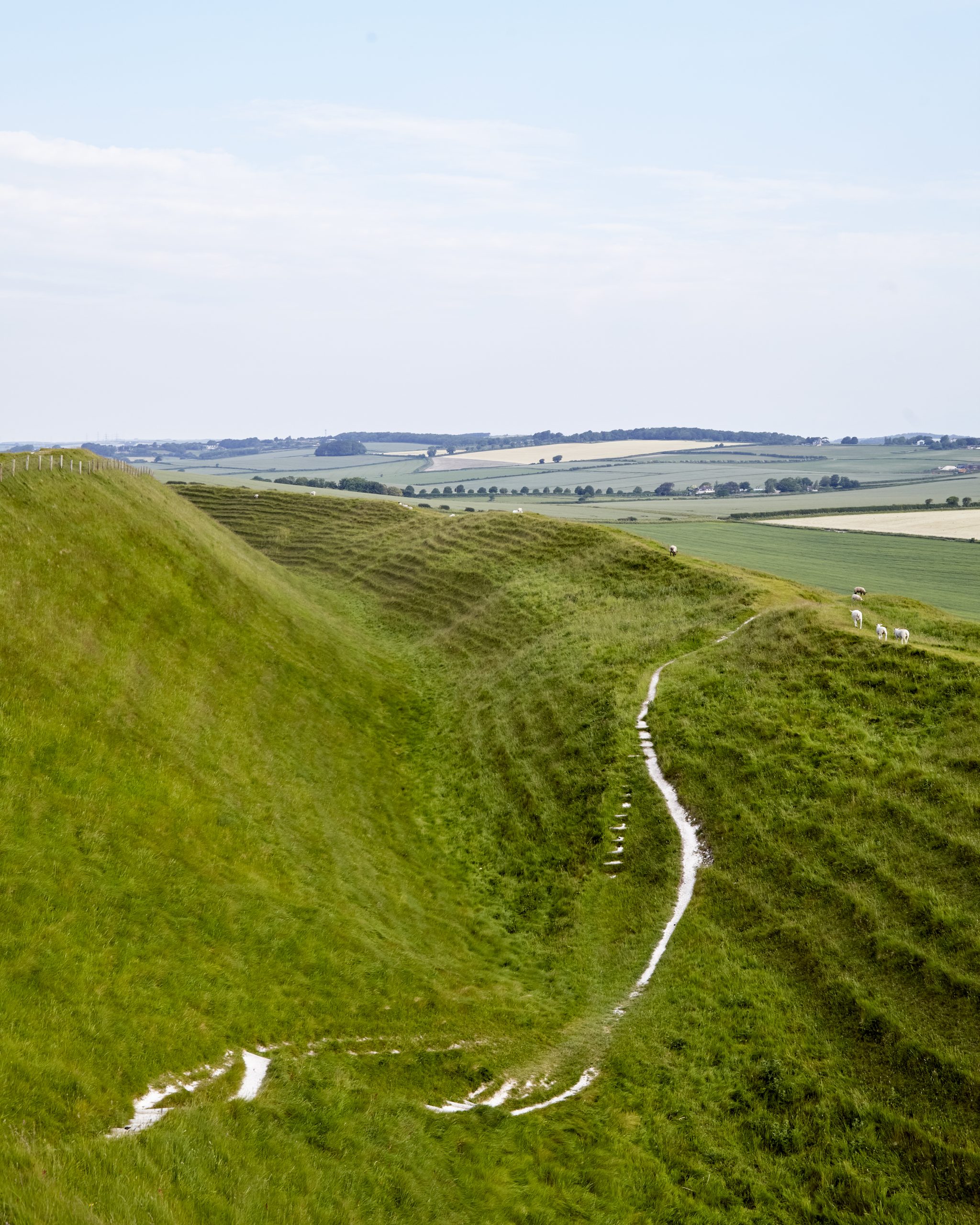
By late summer, the downs turn into a purple haze of scabious, harebells and knapweeds droning with bees. Drifts of feathery dropwort, cousin of the marshy meadowsweet, crowd together and the white umbellifer flowers of burnet saxifrage and wild carrot, with its red jewel centre, start to appear.
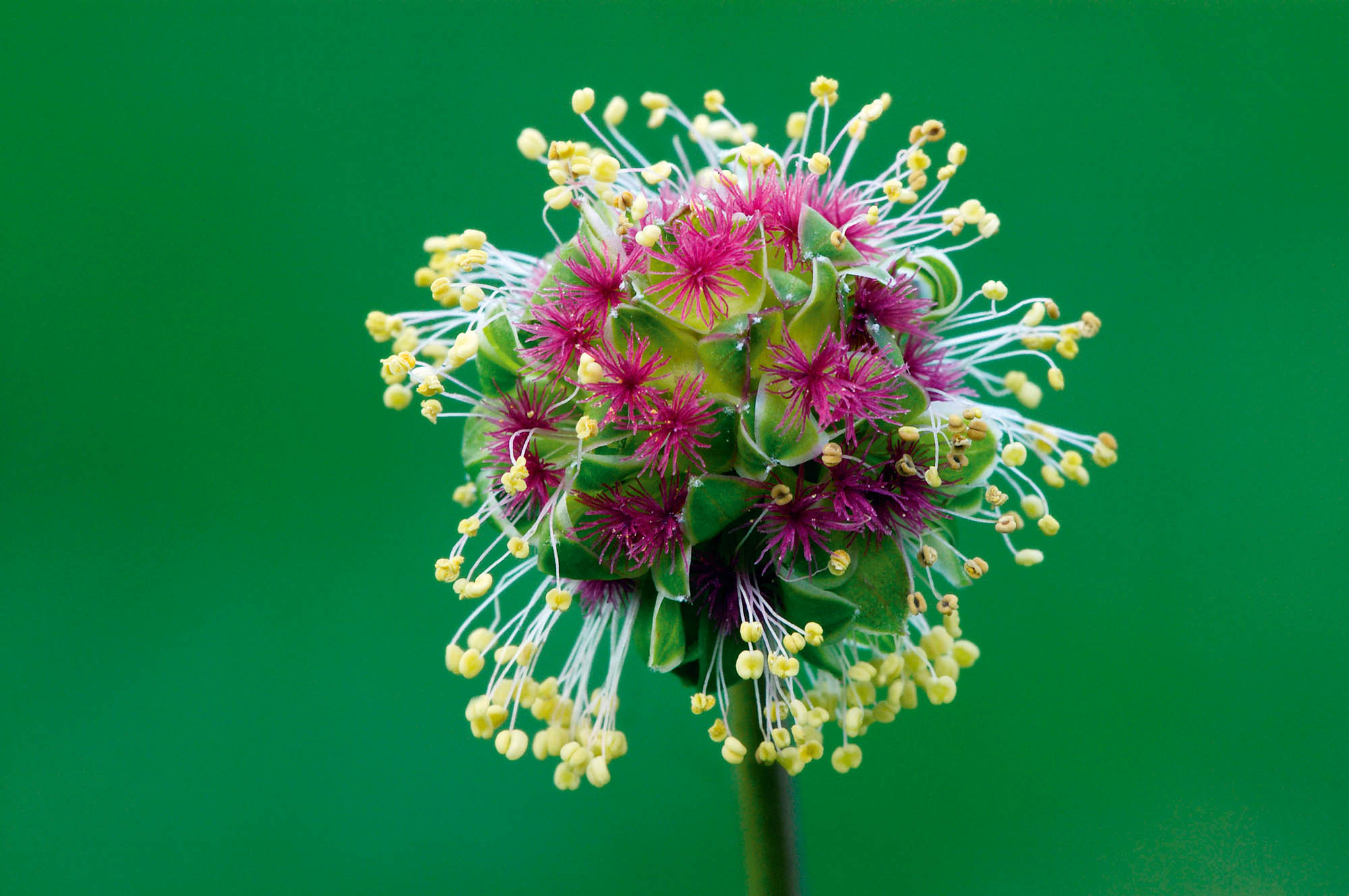
Yarrow, which is often still in flower in November, opens its flat-topped white plates of flowers and the globular flowers of salad burnet turn rusty red. On warm evenings, the female glow worm climbs to the top of a stem to shine her light, advertising her availability to passing males, and barn owls may be glimpsed hunting for shrews and mice among the grasses.
Since the Second World War, it is estimated that the country has lost 80% of chalk grasslands, mainly as a result of intensive agriculture and the cessation of traditional grazing, but action is being taken to extend and protect the remaining 101,000 acres. In Wiltshire, home to half of the country’s downland, a Chalk Partnership has been set up to create a Nature-recovery roadmap. Working with a large group of organisations, including the National Trust and the RSPB, its aim is to create an additional 2,000 hectares (about 5,000 acres) of semi-natural grassland across the county.
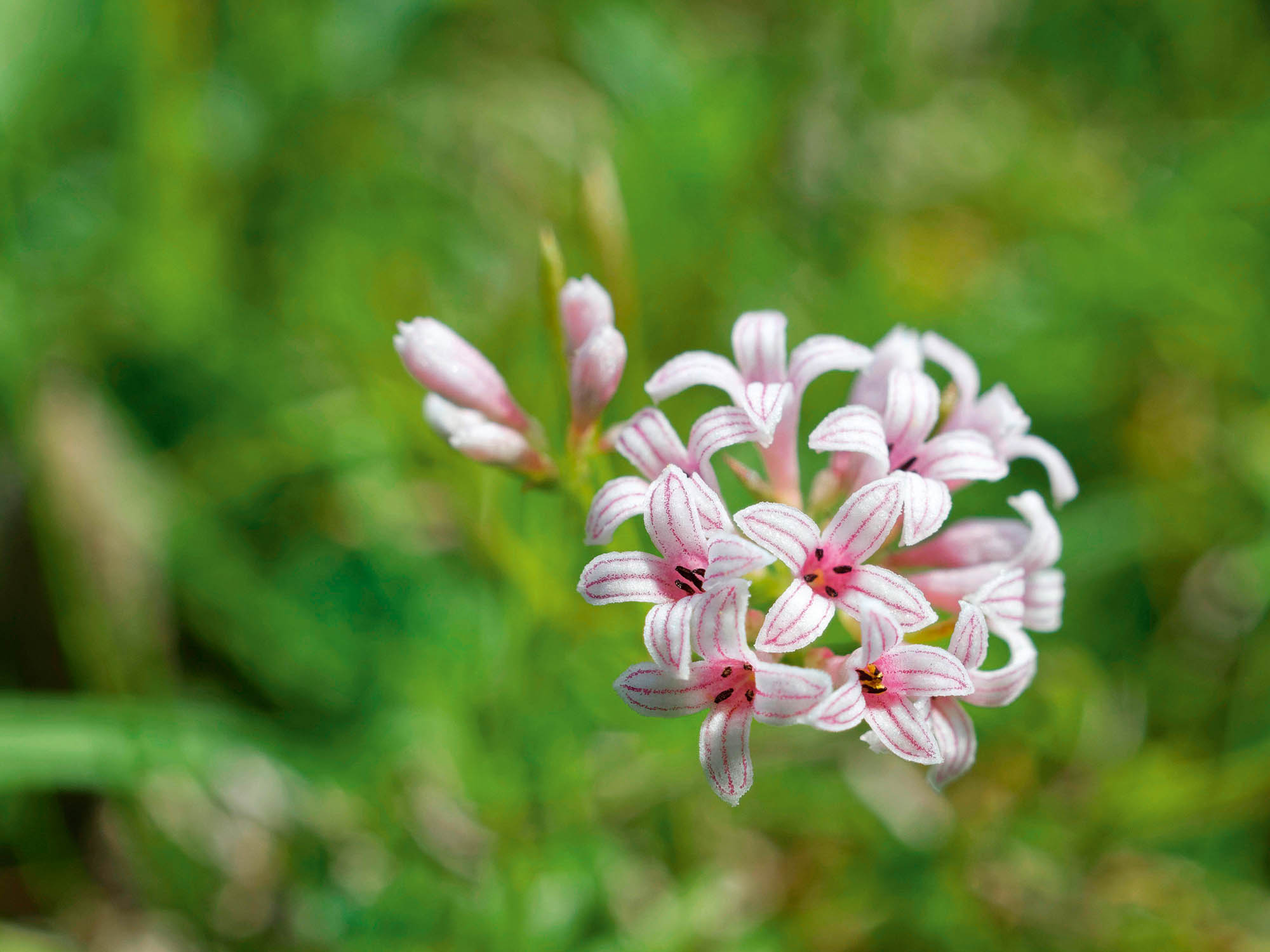
On the South Downs, as on many other reserves, conservation grazing has been introduced and volunteers have been clearing invasive scrub and propagating local grassland seed. Chalk underlies some of the finest and most precious scenery in Britain. The gentle slopes, dry valleys and solitary beech hangers define what many consider to be the quintessential English landscape. From the rounded hills of the North and South Downs to its most westerly outcrops in Dorset, chalk grassland is home to a richness of plants and insects unmatched anywhere else in the British Isles.
Five of the best chalk downland sites in England
Dunscombe Bottom, Knook, Warminster, Wiltshire
A 12-acre site of chalk grassland that curves across the steep sides of a valley on the edge of Salisbury Plain. Among the patchwork of wildflowers are rock roses, early gentian, knapweed and dozens of ancient anthills.
Pegsdon Hills and Hoo Bit, Pegsdon, Bedfordshire
Some 195 acres of wildflower meadows, with orchids, dingy and grizzled skipper butterflies and dramatic views over the Chilterns. An important site for the rare pasque flower, which blooms between April and early June, and the turtle dove, lapwing and skylark.
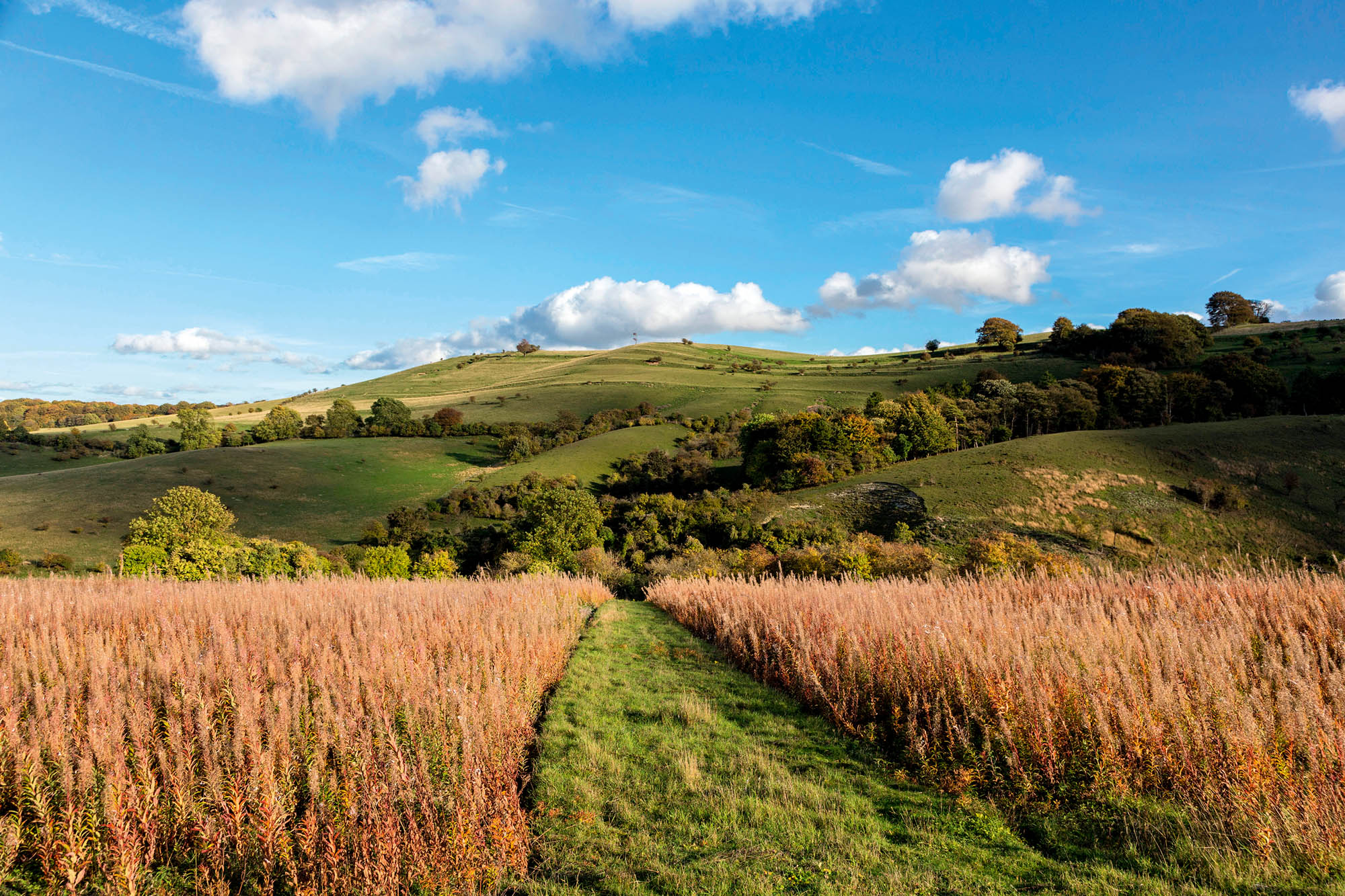
Levin Down Nature Reserve, West Sussex
A 69-acre chalk SSSI with its wildlife intact — its name is derived from ‘Leave Alone Hill’, meaning the land was too steep for intensive agriculture. A succession of orchids blooms next to the deep-blue heads of round-headed rampion.
Bacombe Hill, Wendover, Buckinghamshire
Nearly 62 acres of precious chalk grassland with sweeping views over Aylesbury Vale. Among the treasures are orchids, clustered bellflower and carpets of wild thyme. A large population of juniper supports many rare insects, including the juniper shield bug.
Broughton Down Nature Reserve, Buckholt Road, Broughton, Hampshire
A 62-acre chalk-downland reserve fringed with beech and yew woodlands, offering spectacular views over the Test Valley. Resident species of butterfly include the silver-spotted skipper, chalk hill blue and dark green fritillary, which dance among the cowslips, rock roses and orchids.
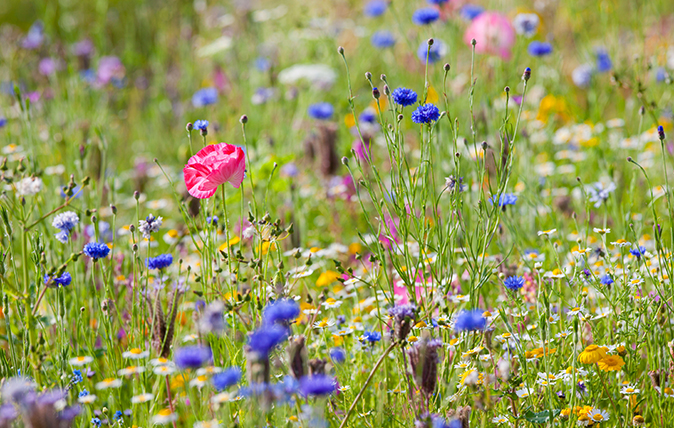
A simple guide to the wildflowers of Britain
At long last Spring seems to be here — and with it, the natural flora that give so much pleasure.
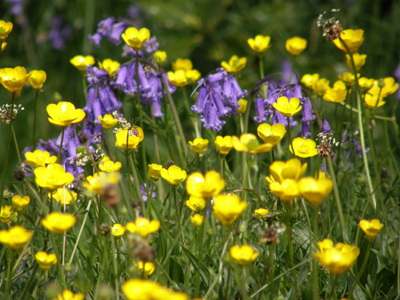
12 top wildflower meadows to visit
Country Life discovers twelve of the best wildflower meadows open to visitors this summer in England
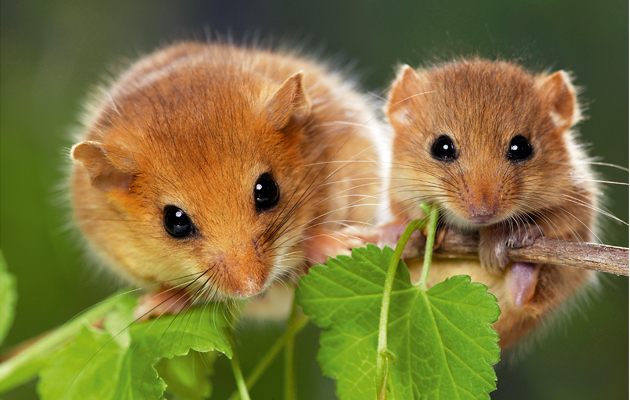
Credit: Alamy
11 fascinating facts about the hazel dormouse
With this shy litle creature being reintroduced into woodland areas in an attempt to halt its extinction, we reveal 11
Vicky Liddell is a nature and countryside journalist from Hampshire who also runs a herb nursery.
